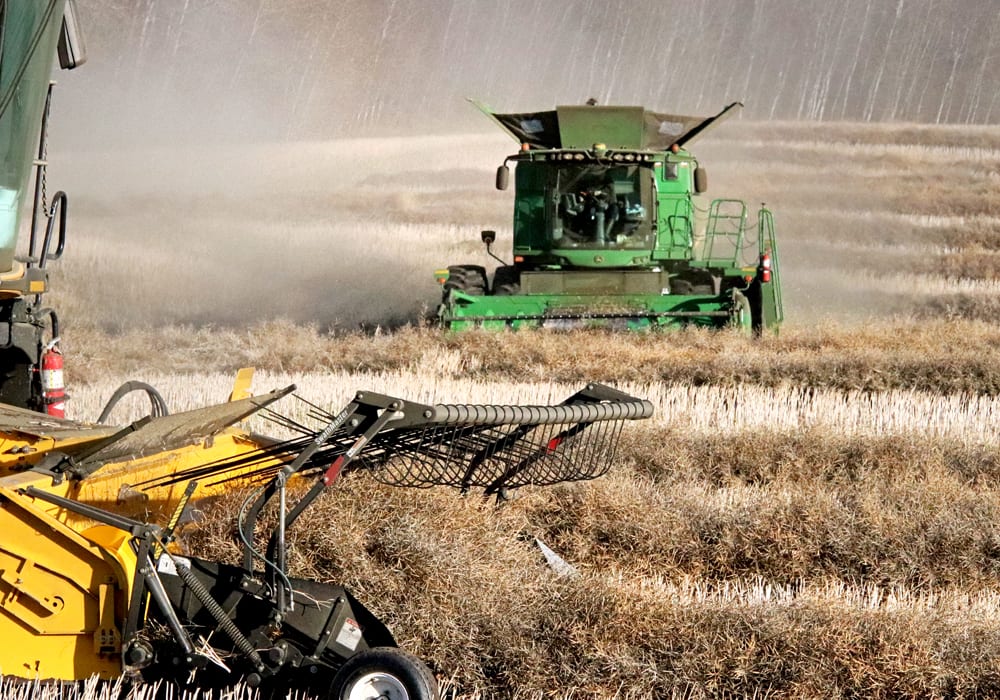Winnipeg, Nov. 13 (CNS Canada) – Second-guessing Statistics Canada crop information may be a time-honoured tradition across the Prairies, but there are trends in the data that stand out, according to a recent report from the government agency.
Looking at data over the past decade, total seeded canola acres were revised higher in the June survey compared to the March intentions report every year, according to the ‘Effects of the Crop Reporting Cycle on Field Crop Statistics’ report. From 2008 to 2014 canola acreage estimates increased by 4.4 per cent on average, while the increase was about 3.5 per cent from 2015 to 2018.
Read Also

Trump’s tariffs take their toll on U.S. producers
U.S. farmers say Trump’s tariffs have been devastating for growers in that country.
For wheat the trend was the exact opposite, with the final acreage number steady to down 4.7 per cent from the March intentions report over the past decade.
The accuracy of the March seeding intentions report was described as “strong,” with the adjustments generally due to weather and coming in below five per cent, according to the report.
Statistics Canada releases three production reports each crop year; the preliminary estimates at the end of August, satellite-imagery-based estimate in September, and the final survey numbers in December.
In all but one of the past 10 years the final canola production number was up in December compared to August. The increases ranged from 7.4 per cent to 29.1 per cent, and averaged 13.7 per cent.
Wheat production was also typically higher in November compared to August, with the final estimate 9.5 per cent larger on average than the original forecast over the past decade.
“Differences between production estimates and final production data can largely be attributed to weather events including excess or inadequate precipitation and temperature,” said the report. In addition, Statistics Canada noted that “general optimism regarding yield is often muted” in the preliminary production estimates as “projecting one’s yield based on a visual inspection of standing crops is difficult.”















